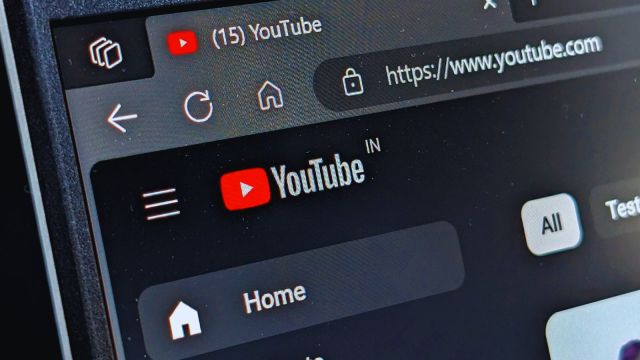YouTube is leaving no stone unturned to ensure that it is offering a safe space for not only viewers but also its partners and stakeholders. The video-sharing platform has consistently upgraded its community guidelines to ensure that it offers safe viewing experiences.
“YouTube follows the 4R approach — remove, raise, reduce, and reward. We remove content that does not align with our content policies, consistently work towards raising authoritative sources, reduce the impact of borderline content, and reward trusted creators,” said Timothy Katz, Director, Global Head of Responsibility at YouTube, during a recent roundtable. “Authoritative sources” here refer to news and media publishing outlets.
The platform has been deploying AI and machine learning in its efforts to moderate content by flagging potentially violative content for human viewers. Katz also acknowledged that with generative AI, there are both opportunities and responsibilities in terms of disclosure, labelling, and privacy. He also said that for the platform, AI was nothing new, and has been using it for a long time.
In Q2 2023, YouTube removed over 78,000 videos globally for misinformation and these include videos that violated its manipulated content policy. The platform also removed 9,63,000 videos for violating its spam, deceptive practices & scams policy.
Connecting users with credible sources
At the roundtable, along with Katz, Ishan John Chatterjee, the director of YouTube India, emphasised that the platform has clear community guidelines that dictate what content is allowed. Any content that violates policies related to misinformation is taken down. When it comes to India, which is bracing itself for a high-octane general election next year, the duo asserted that the platform is working towards connecting users with high-quality and credible authoritative sources.
“Over the years, we’ve focused on developing a suite of products to help people easily find content for authoritative sources, like our Top News and Breaking News shelves. Now, more than ever, we remain committed to connecting people to high-quality information they can trust, particularly in times of elections, unrest, and natural disasters,” said Chatterjee.
In terms of India, YouTube has significant news consumption growth, especially on mobile and connected TVs. Chatterjee said that there is a high consumption of live content from its prominent news partners in India.
When asked about the rapid proliferation of deepfakes and AI-generated content, Katz said that all content uploaders are required to disclose whether their content is synthetic media or not, which will be labelled as AI-generated to help users understand the origins of the content. Katz added that the platform’s community guidelines were equal for all uploaders – content creators, news agencies, independent journalists, etc. However, when it comes to sensitive topics, the platform specifically relies more on content from authoritative sources than users.
It is also to be noted that the authoritative sources are determined via human moderators, who judge these channels based on the publicly available guidelines from which feature criteria such as expertise, transparency, and accuracy.
The balancing act
When asked about how YouTube’s content moderation policies maintain a balanced approach by showing diverse perspectives in the wake of global conflicts, Katz said the platform’s approach was rooted in the authoritativeness of the sourc
“In instances involving complex, politically charged topics, it’s typical to see a variety of viewpoints on the platform. We believe this diversity is healthy and normal. Our goal is to ensure that users have access to information from a broad range of sources, including broadcasters, print, digital publishers, and independent journalists. We think providing this diverse set of viewpoints is crucial for our users to access different types of information,”
As of now, YouTube uses a blend of machine learning and human reviewers to identify policy-violating content, such as misinformation. Based on the discussion, the objective here is to remove or reduce recommendations. When asked about the timeline for reviewing content, the platform has no one specific timeline in place. More severe violations are likely to be addressed quickly, while more nuanced cases may require more calibration.
Increasing popularity of Shorts and other stats
Based on the report ‘Indian Languages – Understanding India’s Digital News Consumers’ by Google News in collaboration with Kantar, video in its various formats has emerged as the most favoured medium with increasing preference for short-form videos. Nearly half of the Indian internet users consume news, and a third of them belong to urban areas. As many as 70 per cent of Indian users watch hyperlocal news. YouTube’s Connected TV reached over 58 million viewers as of June 2023.
YouTube Shorts, with over 2 billion logged-in users monthly and 70 billion daily views globally as of June 2023, shows a monumental upward trend. The number of channels uploading to YouTube Shorts daily increased by over 80 per cent in 2022. Additionally, 70 per cent of Indian media and music companies with a YouTube channel acknowledge it as a vital revenue source, as per the Oxford Economics Impact Report of 2022.


